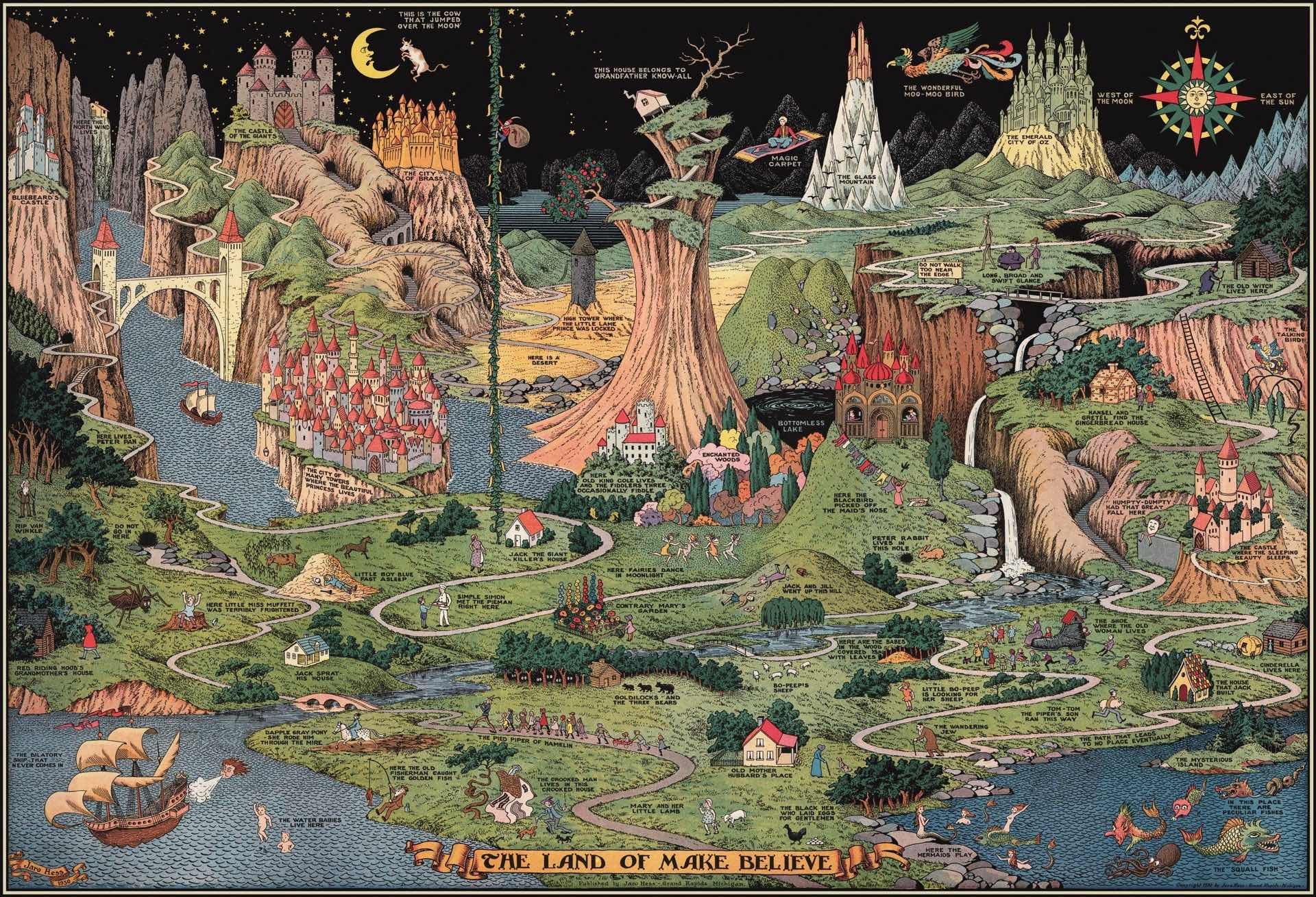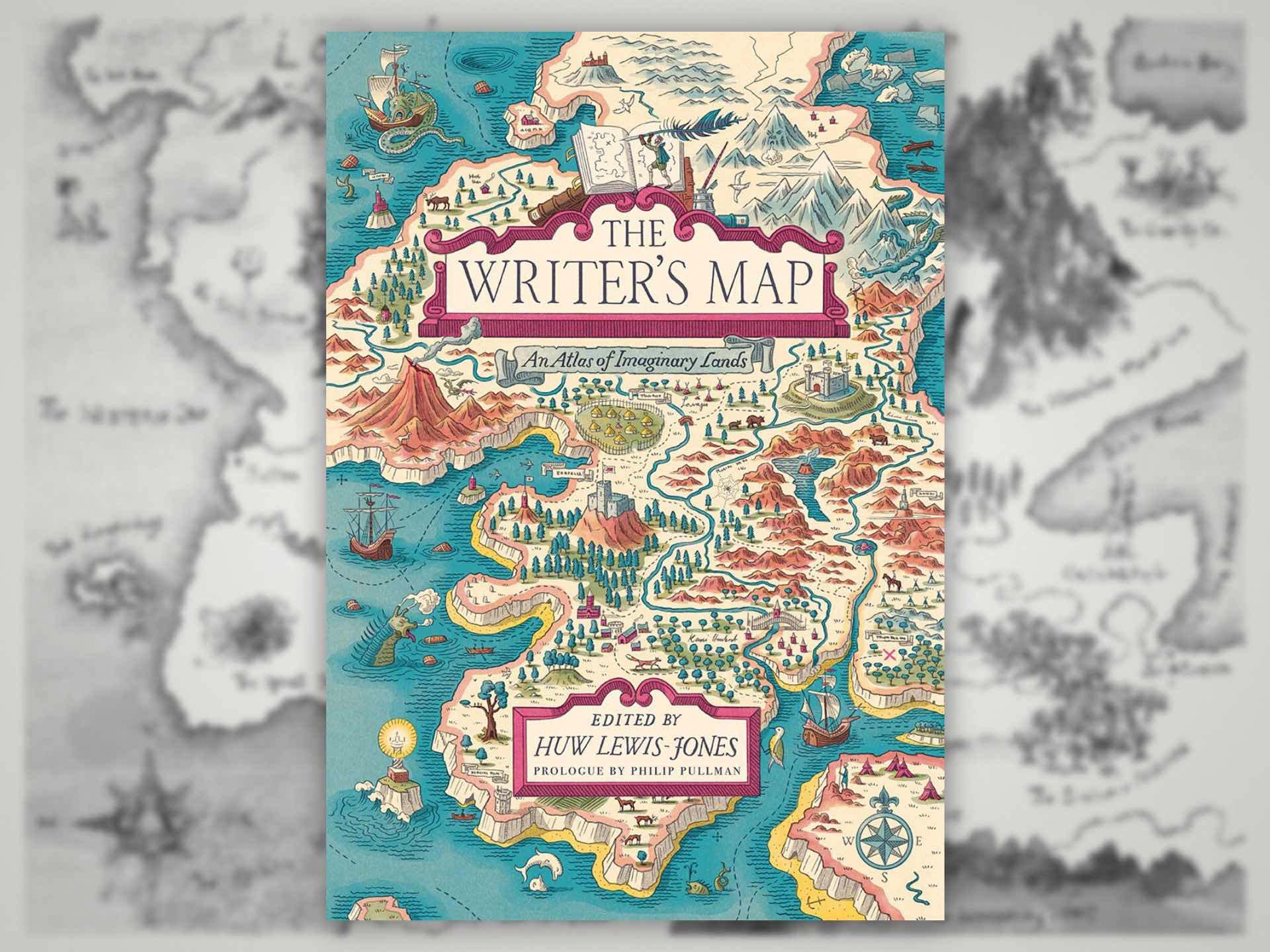‘The Writer’s Map: An Atlas of Imaginary Lands’ by Huw Lewis-Jones
Seriously, is there any better feeling than cracking open a new novel and, before the story even begins, being greeted with a map? Do you ever just bookmark that page and reference it again and again, all book long, trying your best to pronounce every place's name each time you come across it? Maybe you use the word "worldbuilding" in everyday conversation, to an embarrassing degree.
If you're relating hard right now, you'd do well to check out Huw Lewis-Jones' coffee table compendium, The Writer's Map: An Atlas of Imaginary Lands. Inside is a veritable feast of 167 lovingly reproduced, full-color maps taken from many eras of fantasy literature and beyond, along with a series of essays and personal reminisces by writers and artists on their love of fantasy cartography.
From the description:
It’s one of the first things we discover as children, reading and drawing: Maps have a unique power to transport us to distant lands on wondrous travels. Put a map at the start of a book, and we know an adventure is going to follow. Displaying this truth with beautiful full-color illustrations, The Writer’s Map is an atlas of the journeys that our most creative storytellers have made throughout their lives. This magnificent collection encompasses not only the maps that appear in their books but also the many maps that have inspired them, the sketches that they used while writing, and others that simply sparked their curiosity.
Philip Pullman recounts the experience of drawing a map as he set out on one of his early novels, The Tin Princess. Miraphora Mina recalls the creative challenge of drawing up “The Marauder’s Map” for the Harry Potter films. David Mitchell leads us to the Mappa Mundi by way of Cloud Atlas and his own sketch maps. Robert Macfarlane reflects on the cartophilia that has informed his evocative nature writing, which was set off by Robert Louis Stevenson and his map of Treasure Island. Joanne Harris tells of her fascination with Norse maps of the universe. Reif Larsen writes about our dependence on GPS and the impulse to map our experience. Daniel Reeve describes drawing maps and charts for The Hobbit film trilogy.
This exquisitely crafted and illustrated atlas explores these and so many more of the maps writers create and are inspired by—some real, some imagined—in both words and images.

Click here to vew full size.
This book is a wonderful ode to the mythology and sense of adventure found within fictional maps. Get the 256-page hardcover for $31 on Amazon.
